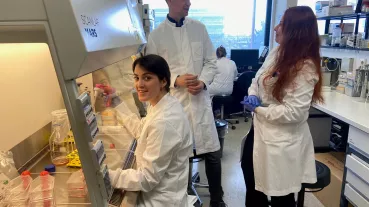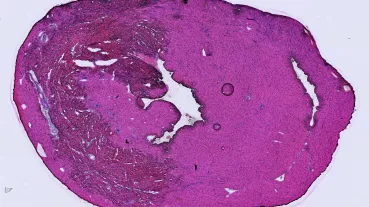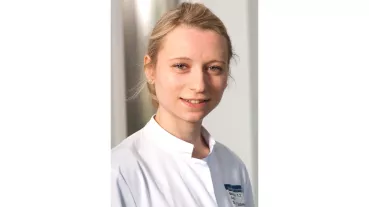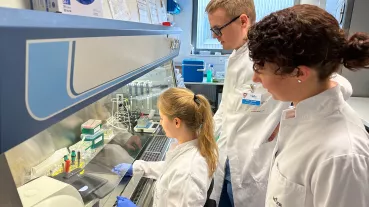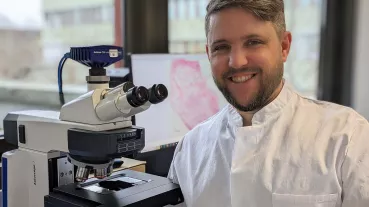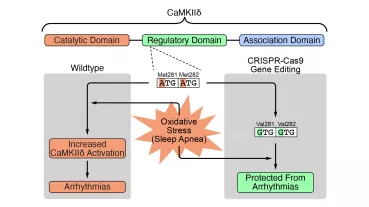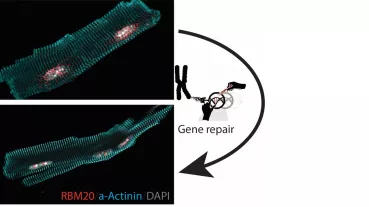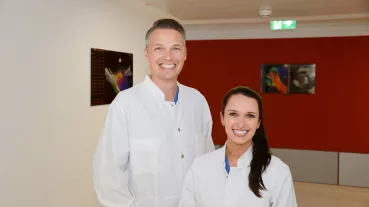Genome editing as therapeutic approach to Duchenne´s muscle dystrophy
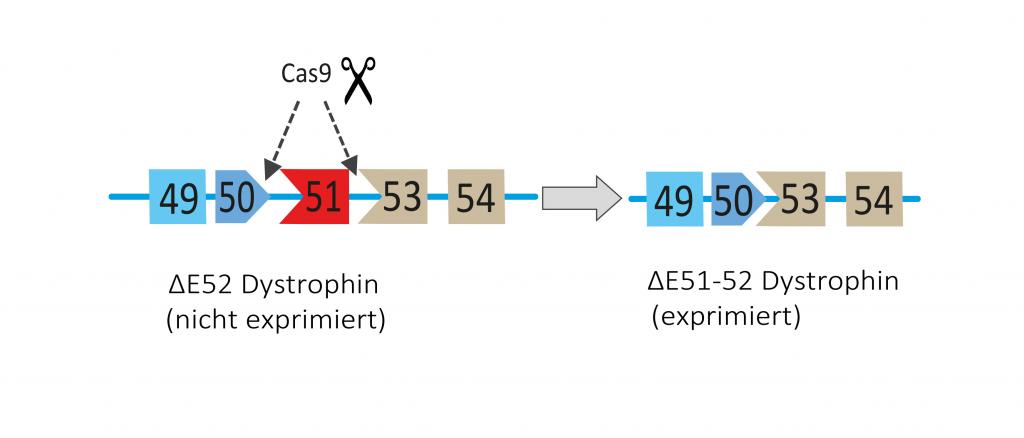
Duchenne muscle dystrophy (DMD) is an immobilizing disease, which implies a shortened life expectation due to heart and breathing disorders. A complete lack of dystrophin, which usually connects the cytoskeleton to anchors in the cell wall, causes this disease. In preclinical experiments in a DMD pig cohort, we will proceed to solve approach- and model specific details which would also occur in human application in order to be able to provide efficient and ubiquitous (including heart-specific) therapy of a devastating muscular disease which has proven as in principle amenable to AAV.Cas9-gRNA therapy.
Here you can get further information.
Project partners:
Prof. Dr. med. vet. Eckhard Wolf
Molekulare Tierzucht, Genzentrum
LMU München
Geschwister-Scholl-Platz 1
80539 München
Prof. Dr. Wolfgang Wurst
Helmholtz Zentrum München,
Deutsches Forschungszentrum für Gesundheit und Umwelt (GmbH)
Ingolstädter Landstraße 1
85764 Oberschleißheim
